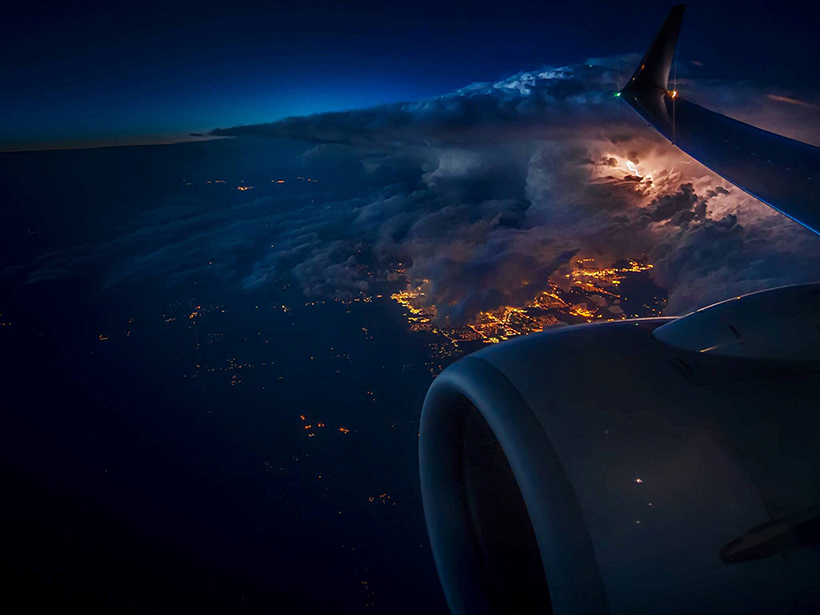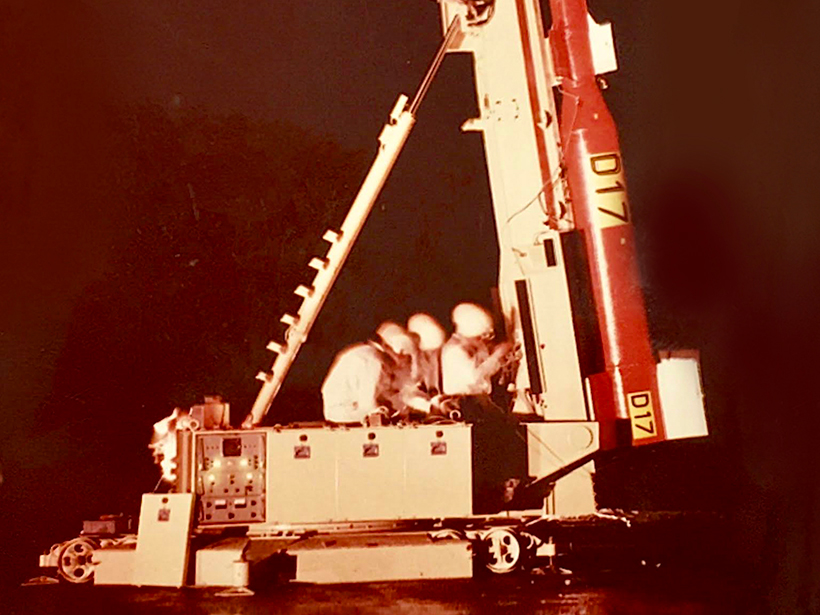The nightside ionosphere, at latitudes away from the auroral zone, should have very little charged particle density, but it doesn’t. A new comprehensive study of satellite data explains why.
electricity
New Plasma Wave Observations from Earth’s Magnetosphere
The first simultaneous observations of multiple electromagnetic wave types in Earth’s magnetosphere may inaugurate a new field of inquiry into cross-frequency wave interactions.
Taking Magnetotelluric Data out of the Drawer
Magnetic and electric field measurements at Earth’s surface provide information on Earth’s interior and on space weather. An open-source central repository of these data has received a major update.
Bruning Receives 2018 Atmospheric and Space Electricity Early Career Award
Eric C. Bruning will receive the 2018 Atmospheric and Space Electricity Early Career Award at AGU’s Fall Meeting 2018, to be held 10–14 December in Washington, D. C. The award recognizes “outstanding early career contributions to atmospheric and space electricity.”
A Close-in Look at Saturn’s Periodic Space Bubble
When it comes to Saturn’s space environment, summer wins over winter in controlling the periodic flows of electrically charged particles and magnetic fields.
Ocean Showers Power the Global Electric Circuit
Satellite measurements confirm hundred-year-old observations collected by boat.
When Ice and Lightning Align
A new technique can remotely sense strong electrical fields within storm clouds.
Where Are the Electrical Currents in the Enceladus Plume?
A plume of water ice that escapes Saturn’s moon Enceladus should be coursing with electrical currents, but data are mixed. Now simulations suggest that a sticky dust cloud may shield signals.
How Storm Turbulence Can Spark Lightning
The turbulent pockets of air inside storms can help to build up static electricity in the atmosphere, according to a new study.
Retracing the First Spaceborne Electric Field Measurement
Fifty years ago, a sounding rocket made history by taking the first measurement of an electric field in space. What techniques were used to capture this data?









